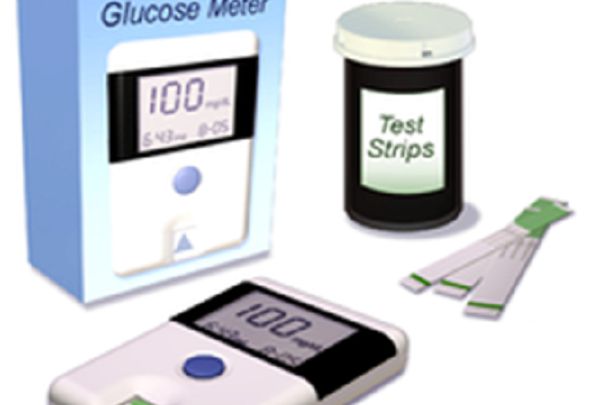
The sugar disease
One dreadful health condition which many people fervently hope to avoid over their lifetime is Diabetes Mellitus (DM), sometimes referred to as the ‘sugar’ disease. Like many other chronic ailments, DM has increasingly become a huge public health menace.
The Greek word for diabetes means “to siphon”, while the Latin word mellitus signals “honey sweet”. DM, therefore, aptly reflects the excess sugar found in blood and in urine.
Advertisement
It was known in the 17th century, according to my history text, as the “pissing evil”.
The International Diabetes Federation (IDF) is an umbrella body of national diabetes associations. It has represented the key interests of people with DM and those at risk since 1950. Ghana is a glad IDF member.
Worldwide, there are 537 million people who have DM, with 24 million in Africa. Of Ghana’s adult population, there are an estimated 329,200 cases, a prevalence of 2.0 per cent.
Brief biology
After being eaten, food is digested, and the complex sugar in it (carbohydrate) is broken down into glucose, a simple sugar – what the cells use for energy production. It is then absorbed into the blood and circulated.
At any point in time, the amount of glucose in the blood needs to be at a particular critical value – the normal 100 – 120 mg per 100ml or 6 – 7 mmol/L. The value is so critical that extreme fluctuation could be detrimental to health and happiness [NB: Common clinical tools for assessing how well our body processes and uses glucose are: (i) Fasting Blood Sugar (FBS) – blood sugar level uninfluenced by a recent meal, and (ii) Postprandial Glucose (PPG) – blood sugar level after eating a meal].
In situations where the amount of glucose is higher than the body’s immediate need for energy, the extra is first converted to its storage form (glycogen) in the liver. Any further excess is converted into fat and stored as such.
The utilisation of blood glucose is mediated by a hormone - insulin, which is produced by the pancreas to regulate it.
Its absence results in an increase in glucose concentration above the standard (hyperglycemia) [NB: Blood glucose concentration can be “low” (hypoglycemia) or “normal” (normoglycemia)].
There are two types of DM – 1 and 2. The former involves the production of very little or no insulin. People with Type 1 rely ultimately on external supply of insulin for their metabolism – they typically have to inject themselves regularly with insulin and other metabolites under professional advice and supervision.
This condition is, therefore, called Insulin-Dependent DM (IDDM). It occurs more among young people (below 40 years of age), for which reason it is otherwise called Juvenile Onset DM.
Type 2 DM (Non-Insulin Dependent – NIDDM) occurs when the pancreas produces insulin, but the amount is not sufficient to meet the body’s need; or even if it does, the body cells are unable to use it properly. This occurs more in relatively older individuals (40 y++).
DM is determined by various factors. The first is genetics. A child with one parent having Type 1 DM has a 5-10 per cent chance of developing it; this increases to 20-23 per cent if both parents have the condition.
For Type 2 DM, the child stands a 25-30 per cent chance of developing it. If/When both parents are Type 2, the chances of his brothers and sisters being diabetic are at least 30 per cent.
Close to 80 per cent of individuals with Type 2 are known to be overweight at the time of diagnosis.
Globally, it is estimated that one in every 900 people between birth and 20 years has DM, compared to one in 200 in those 41-50 years, and one in 50 among the 61+ year bracket.
This tacit increase in the incidence and/or prevalence of DM with age is attributable to a general decline in body functions, coupled with the idiosyncrasies of our biological process of ageing.
Symptoms
The signs of DM include elevated blood glucose concentration (hyperglycaemia), frequent urination (polyuria),“sweet urine”, excessive eating (polyphagia), extreme thirstiness (polydipsia), unusually feeling weak and tired, having blurred vision, losing weight, numbness, irritated dry skin, etc.
A person with DM can still live and enjoy life just as non-diabetics, given proper care and management. Meal planning, medical attention and reasonable physical activity are key in this endeavour.
The writer is a Harvard-trained freelance writer on science/public health issues. E-mail: [email protected]




